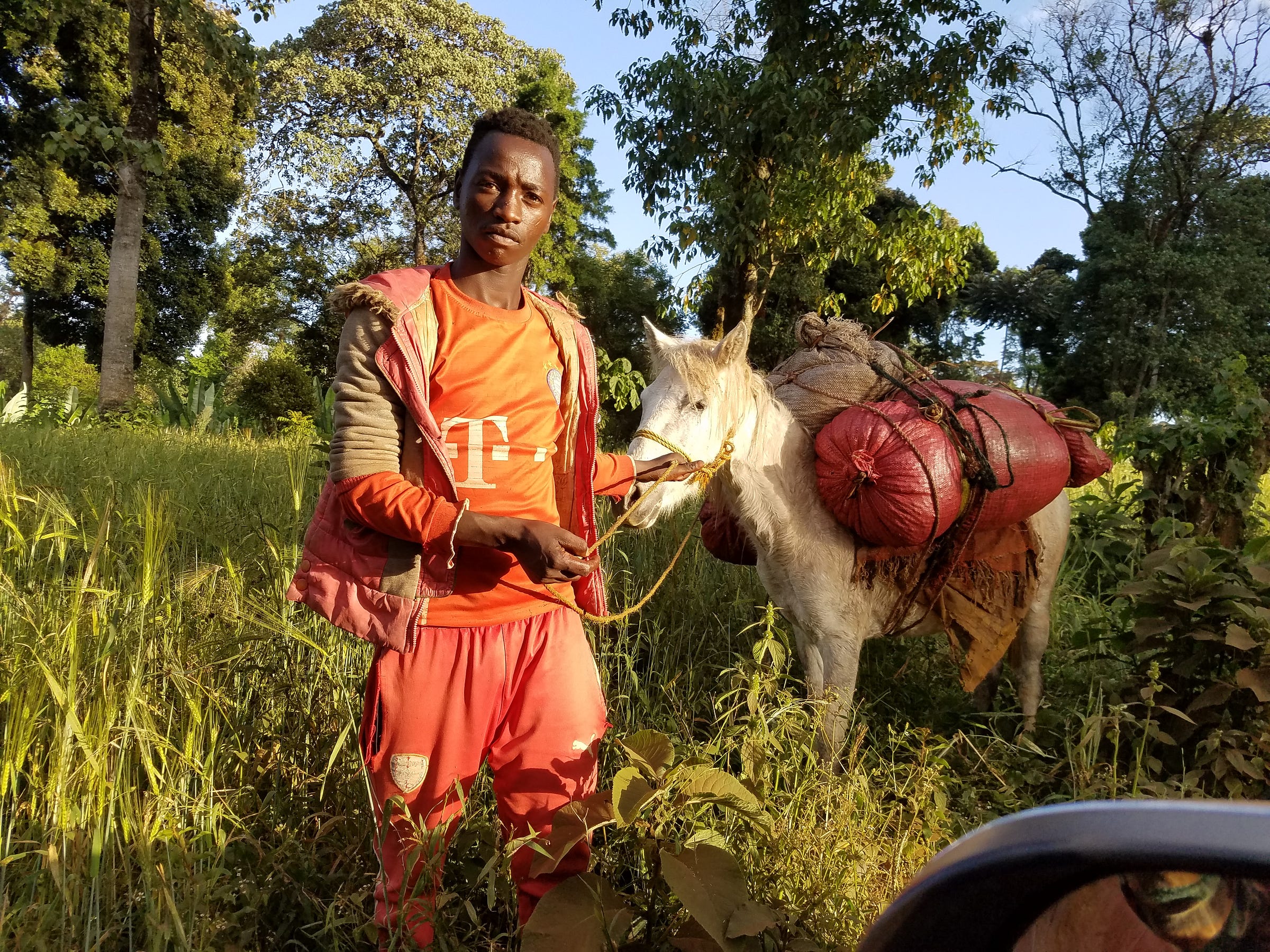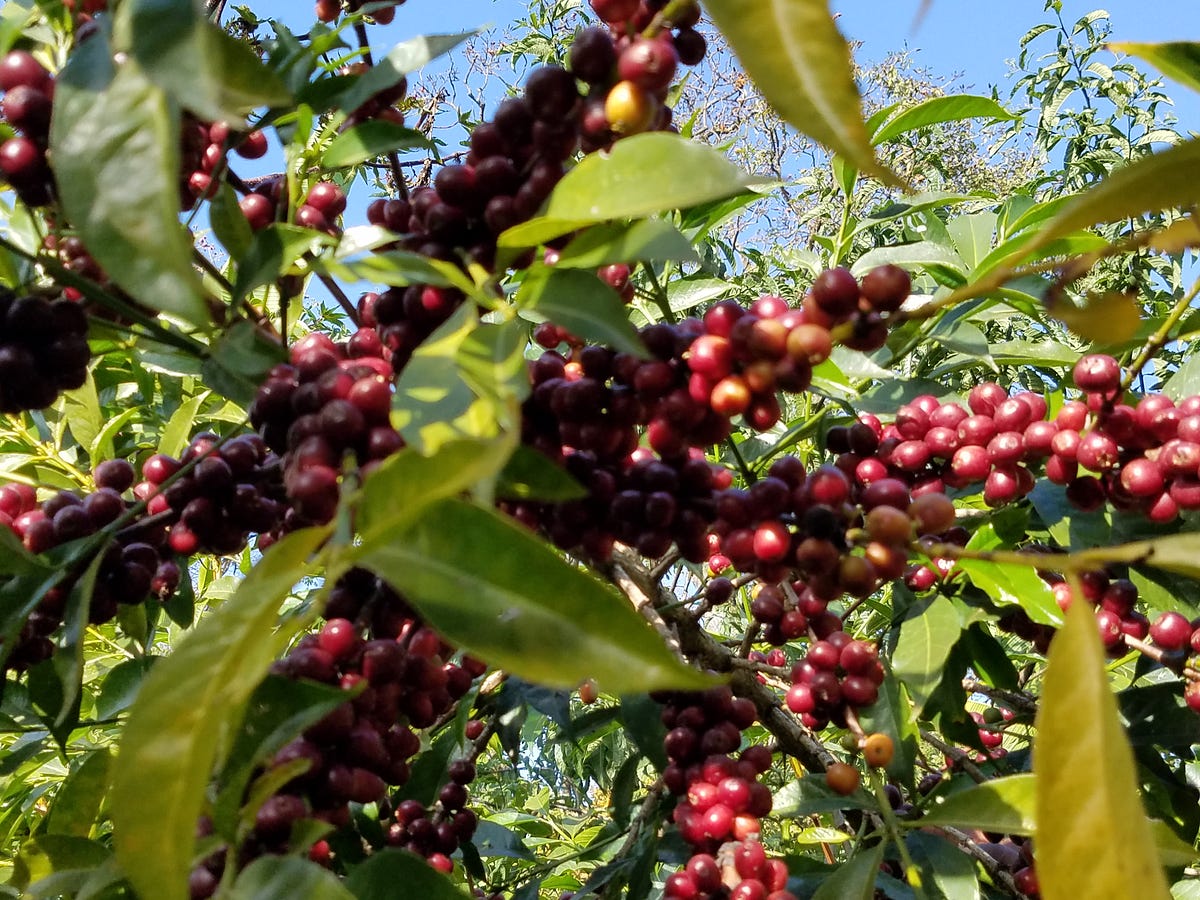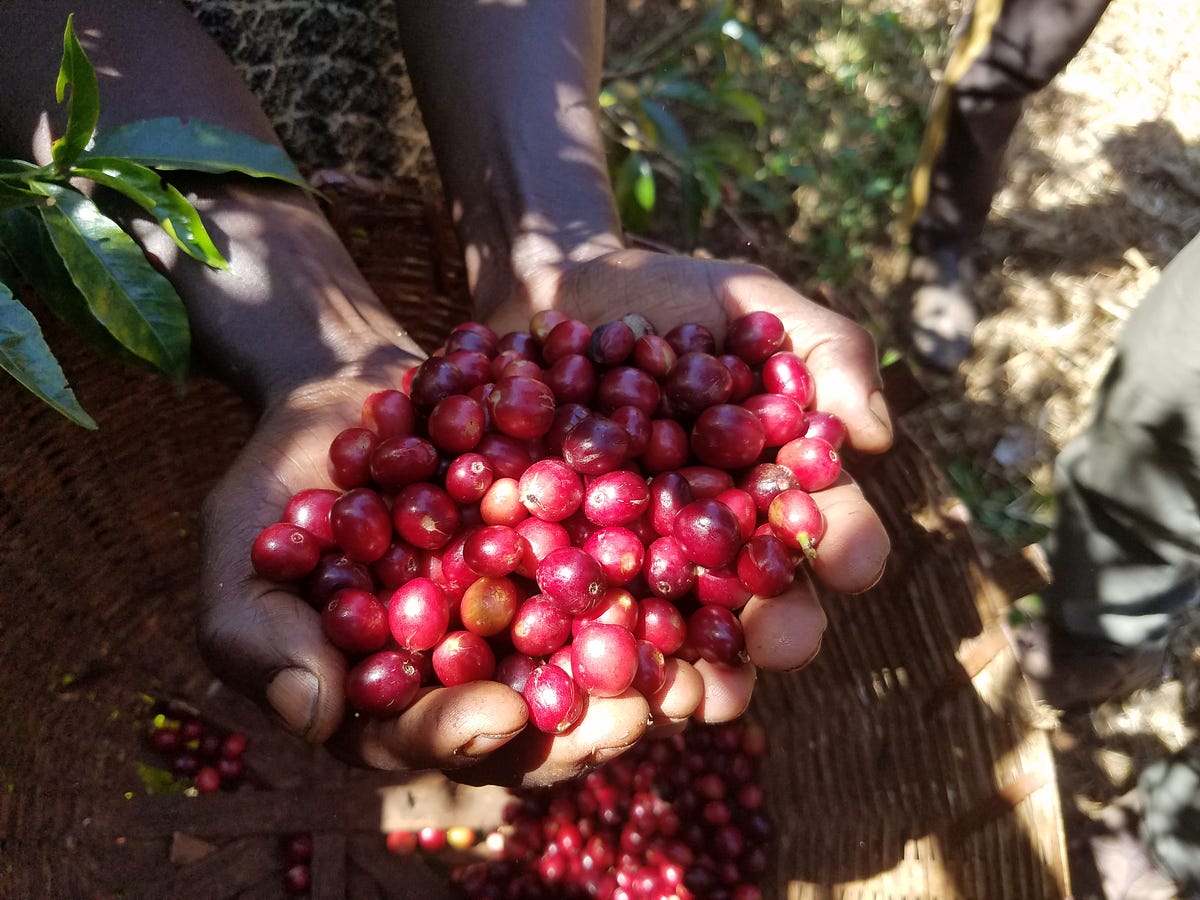Update, August 2021: Our blog, Ethiopia's Coffee Growing Regions - A Brief Explainer, borrows and reframes much of the information contained below alongside relevant updates based on changes in Ethiopia that have occurred since the original publish date of this article.
Ethiopia is the land of coffee’s origin and remains the source of genetic diversity needed to keep the industry alive. The history and mystery of coffee’s discovery and early cultivation in Ethiopia intrigue self-described coffee nerds, and Ethiopia’s traditional coffee ceremonies inspire coffee pros from around the world to pause, slow down, and savor the full experience of preparing and enjoying coffee.
But the names of Ethiopia’s coffee regions overlap with the country’s geographical regions — delineated by both governmental and cultural boundaries — and it can be confusing to sort it all out. Here is a brief guide to understanding some of the terms commonly used to identify Ethiopian coffee and describe its provenance.
The Ethiopia Commodity Exchange (ECX) uses names of places to describe coffee origins for the purpose of classification. The ECX classifies all coffees exported from Ethiopia and the Ethiopian Coffee and Tea Marketing and Development Authority and the Coffee Quality Inspection Center certify all coffee exported from Ethiopia as part of a national quality assurance measures . For both commodity and specialty coffees, the main coffee growing areas used for ECX classification are Lekempt, Jimma, Limmu, Sidamo, and Yirgacheffe, with newly added coffee delivery centers in Guji and Harrar. (Note that, using the characters of the Latin alphabet, the spelling of place names in Ethiopia varies.)
Two of the most common areas producing specialty coffees — Sidamo and Yirgacheffe — are hierarchical: Yirgacheffe is a smaller coffee growing area within the larger SNNPR state.
 SNNPR, Gedeo Zone, Yirgacheffe woreda, Aricha kebele. Aricha Mulecha Mugida washing station.
SNNPR, Gedeo Zone, Yirgacheffe woreda, Aricha kebele. Aricha Mulecha Mugida washing station.
Ethiopia’s geographical subdivisions for naming are as follows:
Region = equivalent to geographic/administrative State, Department, or Province, delineated and named for the majority ethnicity of the people who live in that region.
Zone = subdivision of region
Woreda = county/municipality/district
Kebele = village/small farmer community
Area = coffee growing area defined by ECX for classification purposes
The coffee growing area of Yirgacheffe, for example, includes the woredas of Dilla Zuria, Wonago, Bule, Kochere, Gedeb, and Yirgacheffe, all within the Gedeo Zone of the Southern Nations, Nationalities, and Peoples Region (it also includes part of the West Guji zone of the Oromia region, but coffees from there are less common). The Yirgacheffe woreda gives the Yirgacheffe coffee region its name. Most washing stations are named for the kebele, or town, where they are located, or for a special location or the name of the individual owner.
For example, here is the breakdown of the location of the Koke washing station, where we at Ally Coffee have sourced Honey, Natural, and Washed coffees for more than five years:
Region: Southern Nations, Nationalities, and Peoples (SNNPR)
Zone: Gedeo
Woreda: Yirgacheffe
Kebele: Koke
ECX Coffee Growing Area: Yirgacheffe
All coffees from the woredas of the Yirgacheffe coffee area have similar cup profiles and bean qualities, delivering the citrus acidity, light bodied black tea notes, memorable blueberry, raspberry, jasmine, and floral flavors that have made Yirgacheffe coffees favorites among specialty roasters. Coffee washing stations located in the Yirgacheffe woreda of the Yirgacheffe coffee area also have the provenance of coming from the coffee area’s namesake district. As with coffee growing the world over, each district will have a slightly different terroir from that of its neighbors, but these terroirs can be clustered into areas to help label coffees by the cup profiles they deliver as well as with geographic identifiers. Farmers delivering red cherries to washing station. Oromia, Guji Zone, Hambela woreda, Buku kebele.
Farmers delivering red cherries to washing station. Oromia, Guji Zone, Hambela woreda, Buku kebele.
 The harvest. Weighing harvested cherries.
The harvest. Weighing harvested cherries.
 Washed coffee and new harvest in Guji Hambela Sareji kebele.
Washed coffee and new harvest in Guji Hambela Sareji kebele.
Another example of administrative regions names being used to describe coffee is “Oromia Guji.” Oromia is another administrative region, like SNNPR, and Guji is a large administrative zone within Oromia, like Gedeo is within SNNPR. Coffee grown in the Guji zone of Oromia were classified as Sidamo coffees before but now has become its own recognized classification given the cup profile and physical attributes of the beans. The name Sidamo, or Sidama, ascribed to the large coffee growing area comes from the name of a district in the southern part of SNNPR.
Coffees from Ethiopia can be named for the administrative kebele, woreda, zone, or region they grow in, as well as the coffee area they correspond to. The majority of Ethiopian smallholder farmers sell their cherries either to the local cooperative — itself part of a larger cooperative union that handles exporting — or to a private washing station. The Single Producer Program at Ally Coffee is exciting because the washing stations we partner with help us maintain the traceability of lots as small as a single bag from the individual producer who grew those cherries on his or her farm.
We are thrilled to have Rahel Mulat based in Addis Ababa, Ethiopia as our buyer for East African coffee, keeping us and our clients connected to the coffee farming communities of Ethiopia, helping put places and faces to the names we use to describe coffees from Ethiopia. Rahel joins in sorting cherries in Buku.
Rahel joins in sorting cherries in Buku.
Sources:
Reference maps by Technoserve-Nespresso AAA

